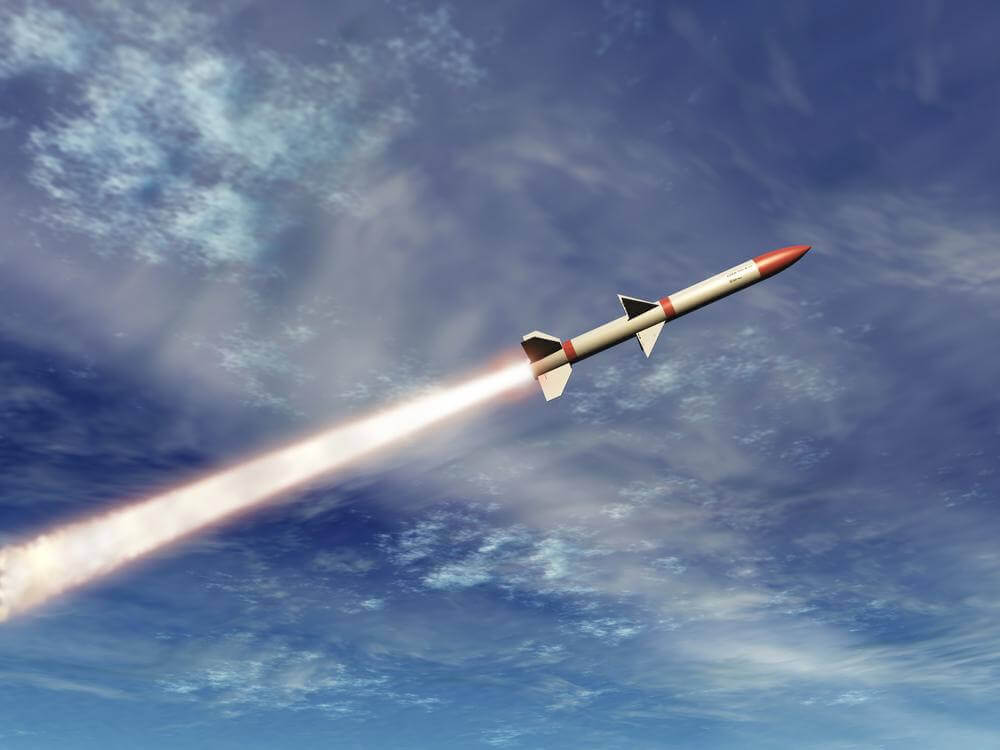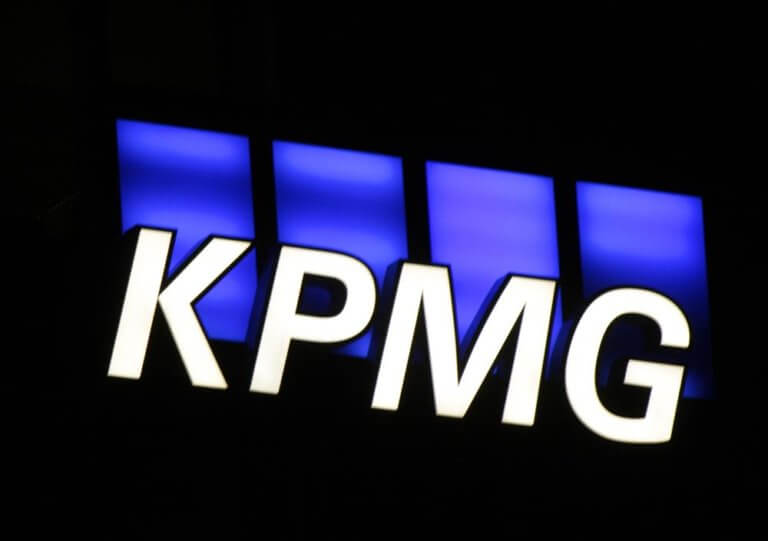Ongoing operations, force modernisation efforts, and the rising importance of precision strikes in contemporary military conflicts are driving the demand for global navigation satellite systems (GNSS), according to new analysis from global growth consulting firm Frost & Sullivan.
Military end users are gravitating towards these solutions as a single strike of a 155mm GNSS-guided artillery can cause more impact than a dozen unguided rounds.
Frost & Sullivan’s research finds that the market earned revenues of $1.98 billion in 2013 and estimates this to reach $2.18 billion in 2022 at a compound annual growth rate of 1.1%. The study covers receivers, data applications, and services. North America is the biggest market for military GNSS while Central Asia, Asia-Pacific, and the Middle East represent the fastest growing markets.
The launch of major projects such as the European Galileo and Chinese Beidou/Compass, as well as the introduction of two new regional navigational systems – Indian Regional Navigational Satellite System and the Japanese Quasi-Zenith Satellite System – is increasing the availability of GNSS solutions. These new developments are also intensifying competition between solution providers, in turn decreasing the cost of GNSS and attracting more end users.
“Another initiative that is likely to aid market growth is the implementation of commercial off-the-shelf (COTS) GNSS solutions,” said Frost & Sullivan Aerospace & Defence Industry Analyst Dominik Kimla. “COTS GNSS will benefit both industry players and military end users – while it gives the former a chance to implement solutions developed and verified in the civil sector in military projects. The latter as well gets access to mature and robust products at low prices.”
However, the increase in deployment rates of non-satellite-based navigation systems and alternative systems due to their ability to function without interference in dense urban areas and deep canyons is disrupting market momentum. Past incidents of successful cyber-attacks on military GNSS data applications despite encryption is also weakening the case for these solutions.
“Solution providers should focus on boosting the cyber security of military GNSS receivers and data applications,” said Kimla. “They should also consider integrating military GNSS with alternative and non-satellite-based navigation systems to enhance their product offerings.”























